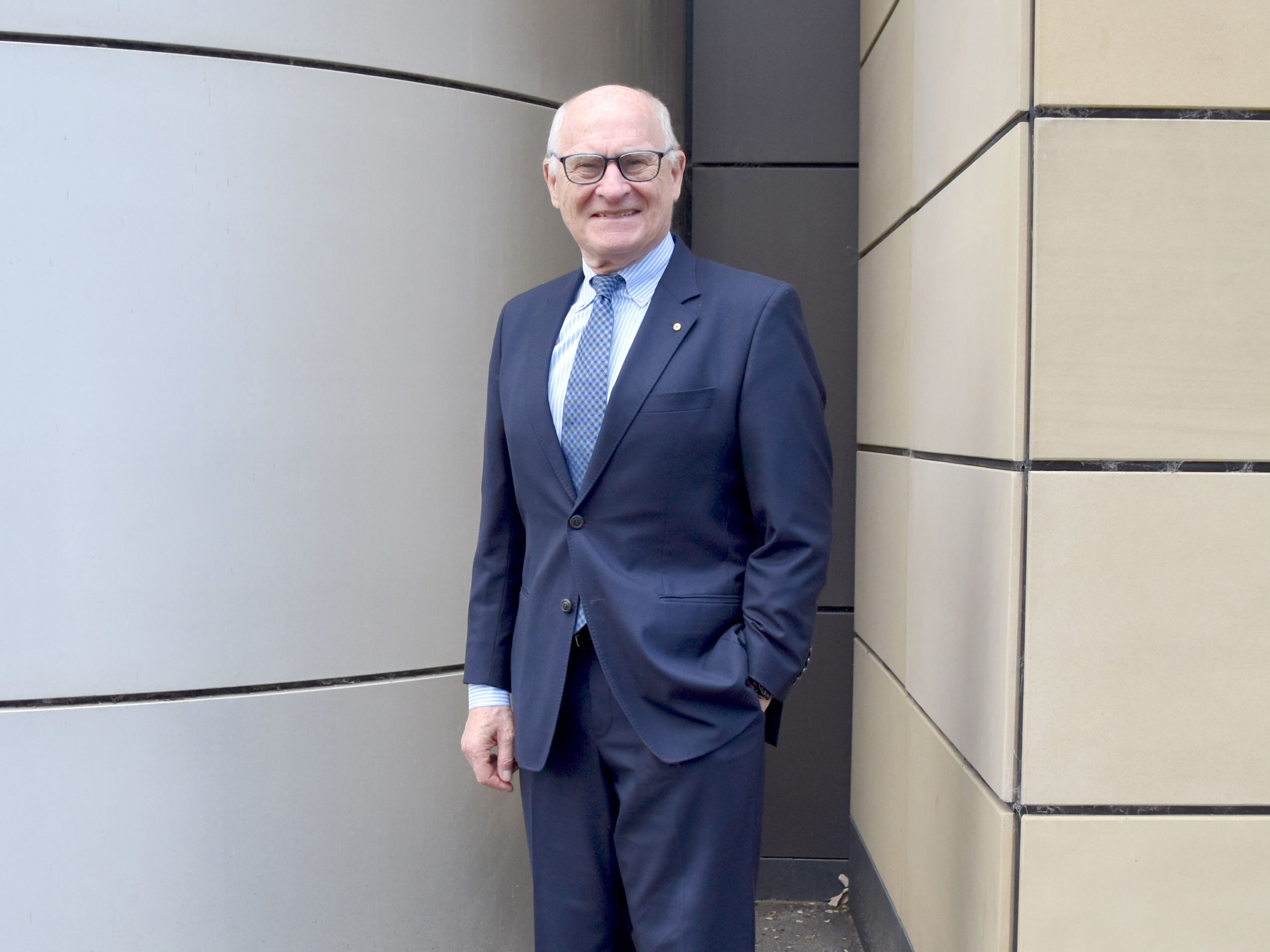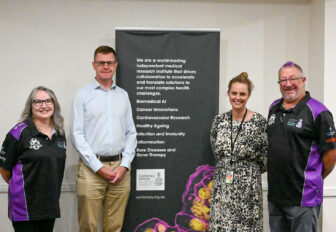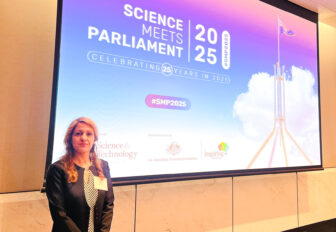Centenary Institute supports NSW RNA push

The Network has been established to back the State Government’s efforts to make NSW the nation’s premier mRNA vaccine manufacturing hub and a global RNA industry leader. Fifteen million dollars in funding will go to the Network to help develop RNA technology.
Professor Mathew Vadas AO (pictured), Executive Director, Centenary Institute is highly supportive of the State Government’s efforts to advance RNA technology and expertise in NSW.
“Ribonucleic acid (RNA) based techniques are now being used to fight cancer and other genetic diseases as well as being the key technology used in mRNA vaccines against COVID-19 and potentially other new diseases. The NSW RNA Production Network has been developed in response to the COVID pandemic but is clearly relevant to any future pandemics in which RNA biology will be important,” said Professor Vadas.
Professor Phil Hansbro, Director of the Centenary UTS Centre for Inflammation said he was extremely pleased to be a part of the newly established Network.
“At the Centenary Institute we have extensive expertise in the delivery of drugs to the lungs, especially those that inhibit RNAs. We have also developed a state-of-the-art high containment PC3 COVID-19 laboratory and have also developed in vivo and cell models to test new preventions and therapies for COVID-19, especially those that emerge from the Network.”
“We will be able to test new vaccines and treatments that are produced by other areas of the Network at the pre-clinical stage for safety and efficacy so that they can progress through to human trials and treatments. This will also future proof NSW for the development of preventions and treatments for other diseases and pandemics now and into the future,” said Professor Hansbro.
Professor John Rasko AO, Head of the Gene and Stem Cell Therapy Program at the Centenary Institute and Head of Department, Cell & Molecular Therapies, Royal Prince Alfred Hospital is also a part of the Network.
“Our health campus has an international reputation in cell and gene therapies which have been used to cure genetic diseases. Our advanced clinical manufacturing infrastructure at RPA Hospital has been pioneering new therapeutics involving RNA for two decades. We are thrilled at the possible benefits to patients and their families that investments like the NSW RNA Production and Research Network might achieve,” said Professor Rasko.
[ENDS]





